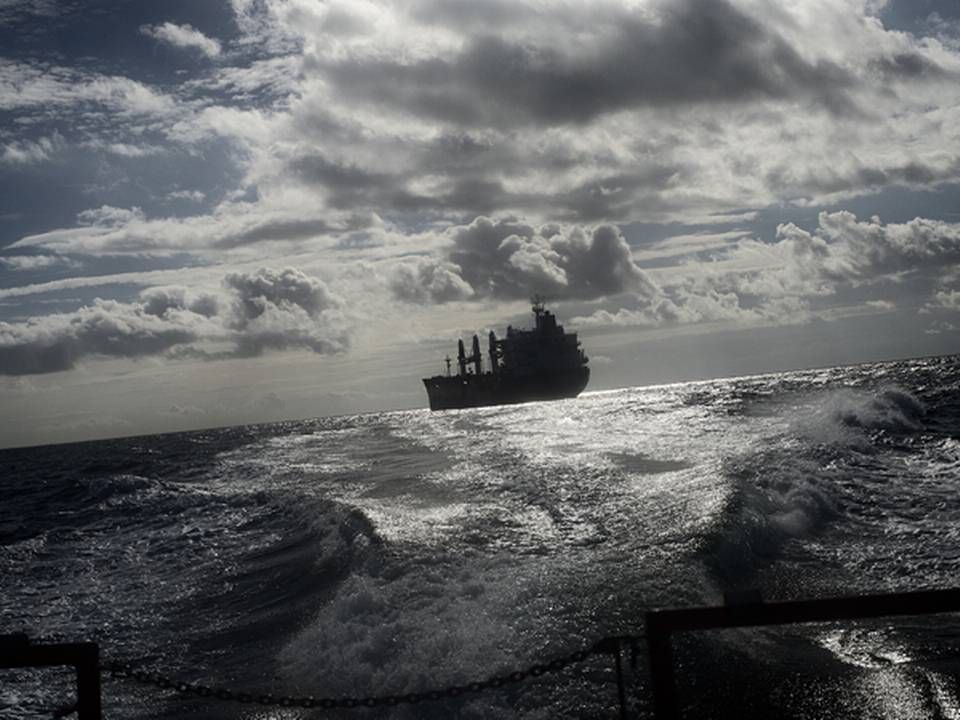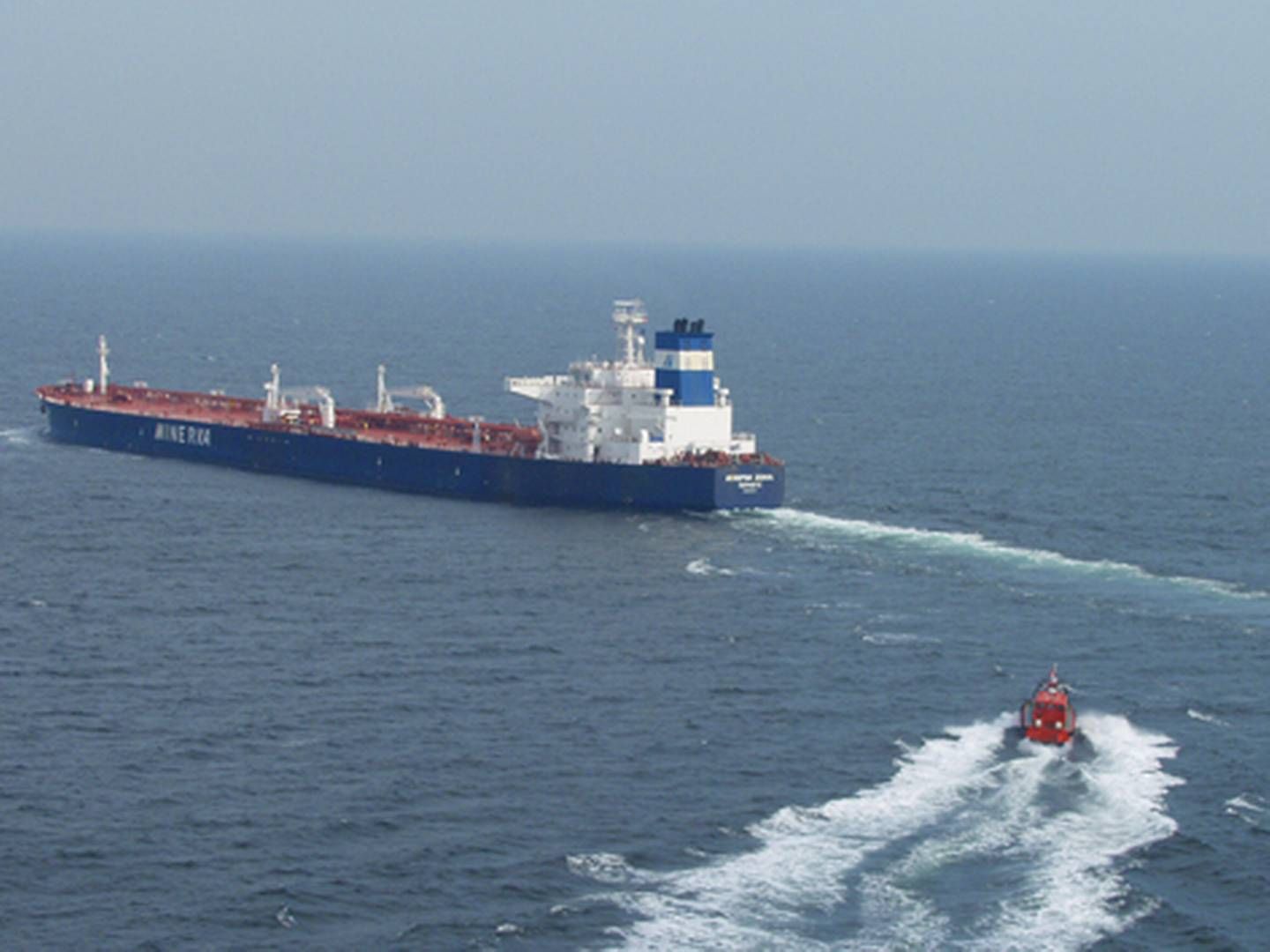Danish Ship Finance: What shipping will look like from 2018 and on
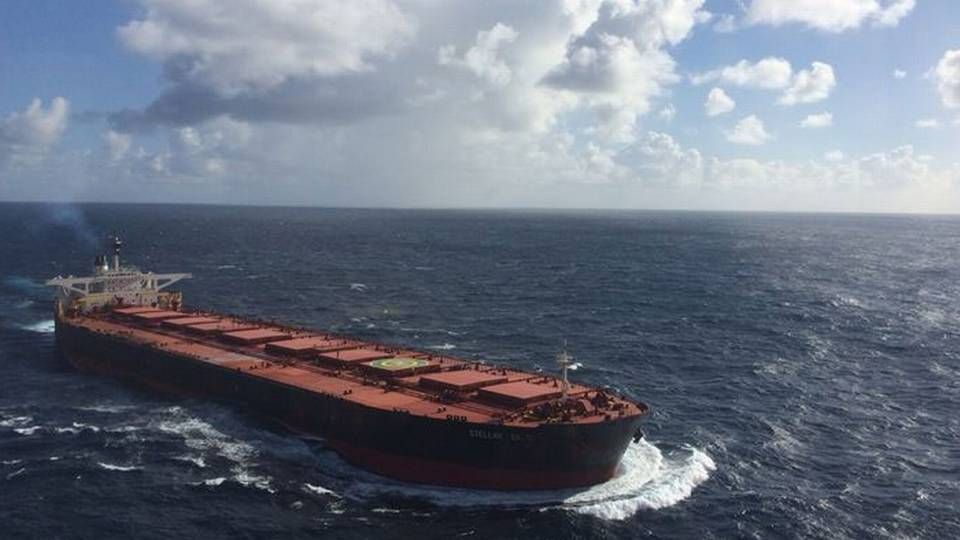
2017 was generally a difficult year for shipping, though several segments noted signs of improvement, writes Danish Ship Finance in its biannual Shipping Market Review, a report that was presented to the bank's customers last week but which will not be published until 2018.
In the analysis, completed in late November, the bank notes, among other things, that a peak in oil demand could impact the sector within the next 10-15 years, and that the price for ships could thus be too high when looking at the earnings they will deliver in the future.
A glance at the global yards shows that ten yards in particular are winning orders, and that these shipbuilders bagged more than half of all orders placed this year, while things are looking slightly better for dry bulk, with a recovery within reach. Only one thing is especially needed for this to happen, says Danish Ship Finance.
Younger vessels priced too high
The market for crude oil tankers deteriorated during 2017, with rapid fleet growth that eliminated strong growth potential and forced freight rates down. The VLCC supertankers in particular find themselves in a severe crisis.
By October, spot rates were down 49 percent from the peak in December last year, while time charter rates have dropped an average 17 percent in the same period.
Meanwhile, the price of second-hand vessels has dropped to the lowest levels since early 2000, while higher scrap prices spurred more shipowners to scrap vessels in 2017. Despite these prospects, it looks like investors have too high expectations for future earnings, according to the shipping bank.
"We see little to indicate that market fundamentals will improve significantly within the next year or two."
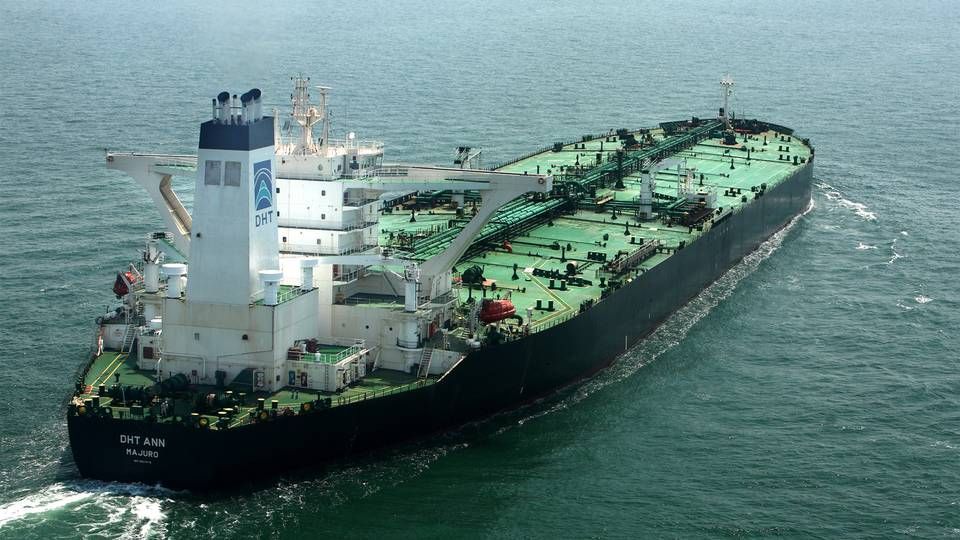
When OPEC increases its output again, it will likely put pressure on rates as well as the prices on second-hand vessels. In the long term, a peak in oil demand will impact the price of young vessels, writes Danish Ship Finance, noting that a peak looks set to emerge within the lifetime of current vessels, or some 10 to 15 years from now.
"We argue that younger vessels could be overvalued compared with their actual future earnings potential."
Pause in orders
Product tanker is, for the third consecutive year, struggling with too many vessels. Demand was fairly robust this year, but activity was kept in check by high inventories. In the short term, the segment faces modest growth in demand, which will not be sufficient to secure work for the many new vessels set to enter the fleet.
"Premature scrapping is expected in the LR segments, since few old vessels remain. This may cause a shortening of older vessels’ economic lifetimes and hence lower these vessels’ secondhand prices," writes Danish Ship Finance, adding that MR vessels are better positioned to absorb a large orderbook.
But this will require owners to scrap older vessels.
"We argue that it would be judicious to hold back ordering in the years to come."
Container ships could be returned
The container sector continues to struggle with overcapacity among the large vessel types at a time when carriers are consolidating through mergers or cooperation arrangements. As such, many large vessels could in the next 12 months be returned to their tonnage providers when container carriers and their alliance partners optimize their networks.
Though rates may increase, time charter rates and the prices on large vessels will likely decrease, as demand is growing more slowly than the fleet, and more ships are returning to the fleet, writes the bank.
"Despite the overcapacity issues, some liner companies continue to order super-large container vessels. To us, this is a bold strategy, since it is basically a long-term bet on manufacturing location."
According to Danish Ship Finance, production will increasingly move toward Europe and North America, and this will likely happen within the lifetime of a mega-vessel.
The fleet of smaller vessels, of less than 8,000 teu, could benefit from a smaller fleet, while some shipowners seem to be reverse cascading, namely deploying smaller vessels instead of large ships. But it could be too soon to call this a trend, says the bank.
Shipbuilders' slim orderbooks
Capacity at the global yards was somewhat stable in 2017, with around 600 yards and close to 45 ctg. But orders are quickly decreasing and putting pressure on the yards, writes the bank.
360 yards have not received any orders in the past 18 months, and 120 yards will deliver their final orders in the fourth quarter. Ten yards, which account for more than one fifth of the global shipbuilding capacity, received more than half of all orders this year.
"We expect that many yards will be left without orders and forced to close, if not permanently then temporarily, until the market regains balance," writes Danish Ship Finance, noting that consolidation in the sector could lead to higher newbuild prices in certain segments.
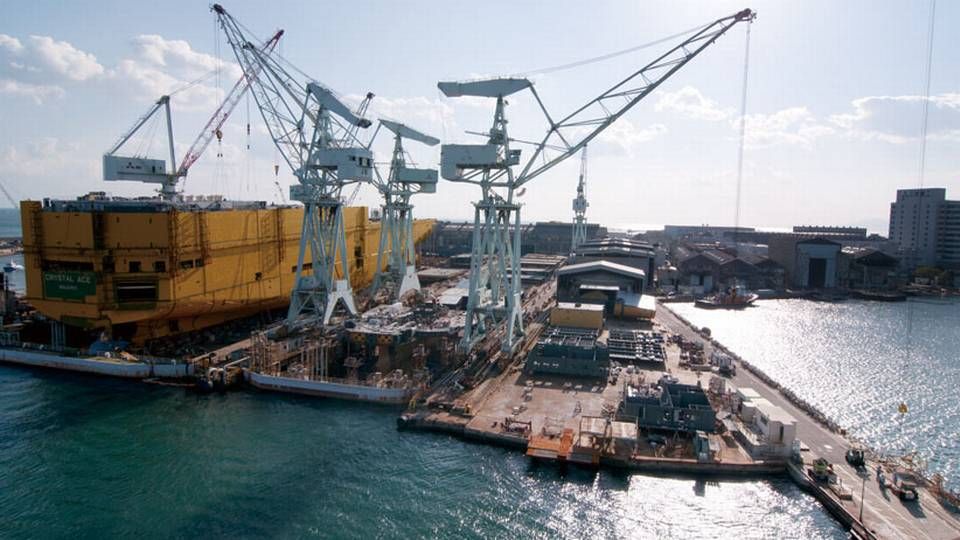
Positive momentum in dry bulk
Dry bulk was during the year able to report positive signs in the market, with a strong growth from China, better freight rates and higher second-hand vessel prices. This development made some carriers hit up the yards, and the fleet grew three percent in the first three quarters.
"The dry bulk segment has reached a point where a market recovery could be within reach," writes Danish Ship Finance, citing an orderbook that looks reasonable if shipowners can refrain from more ordering.
The uncertainty in the medium-long term should also make carriers refrain from ordering new vessels. The shift in China's economy toward a more service-driven growth model will result in a period of lower demand in dry bulk.
Meanwhile, there are still too many vessels, says the bank, so this is not the time to order newbuilds, especially not in the biggest segment, Capesize, where scrapping potential is limited.
English Edit: Daniel Logan Berg-Munch
"The shipping industry could be entirely reshaped within the next five to ten years"
Danish Ship Finance could be hit by proposed EU legislation
Related articles
Danish Ship Finance could be hit by proposed EU legislation
For subscribers
"Shipping needs a new business model"
For subscribers

